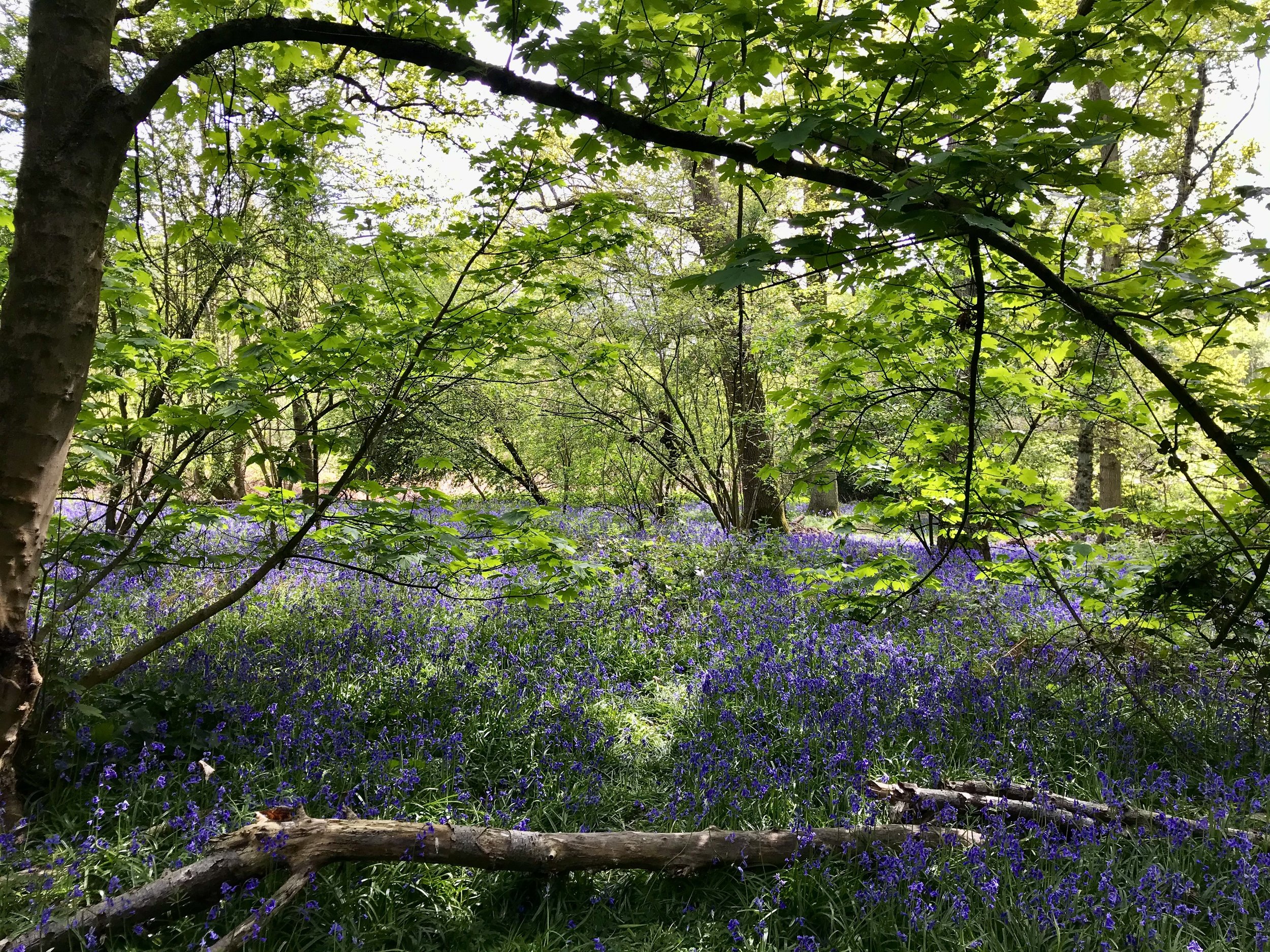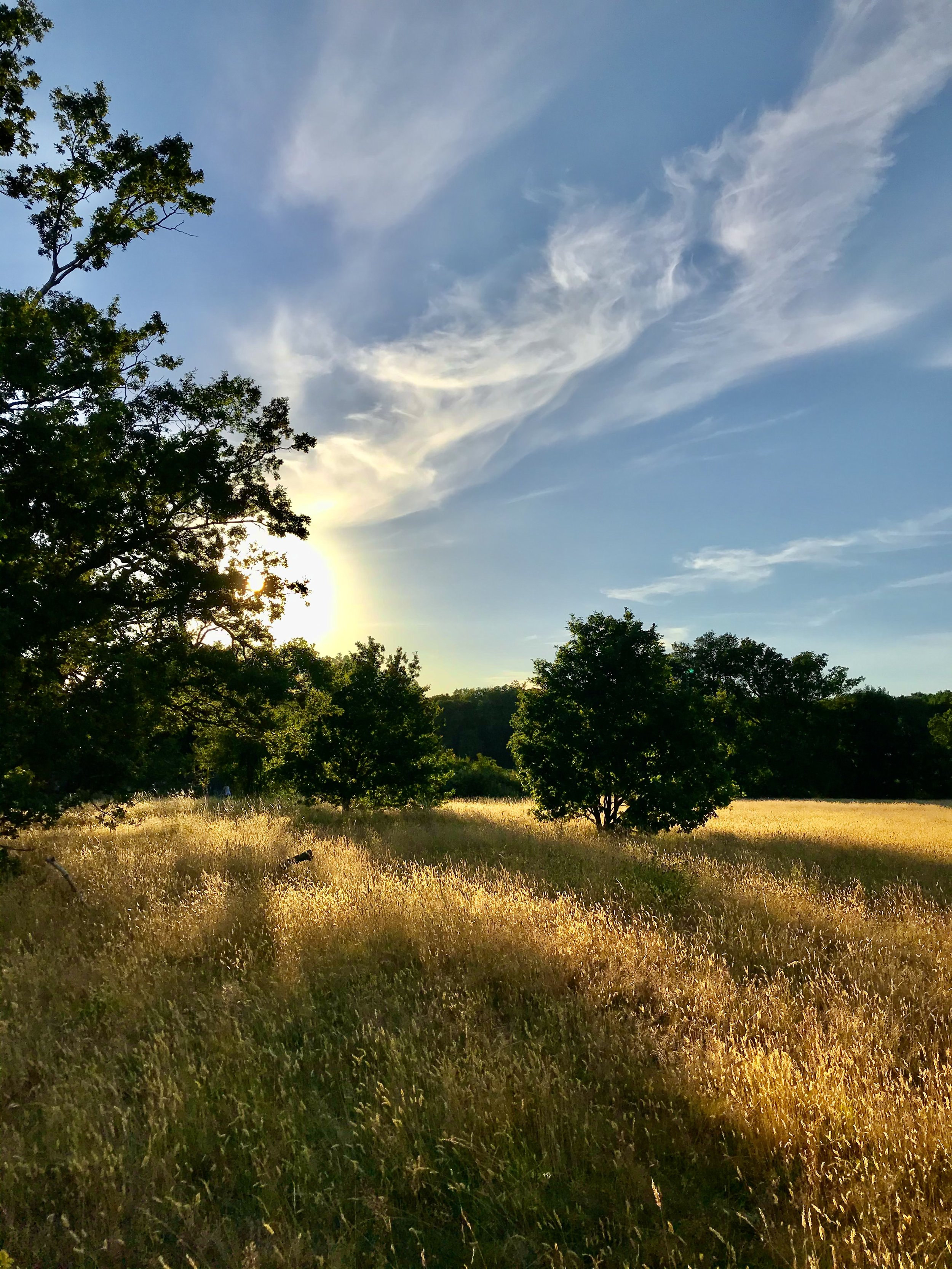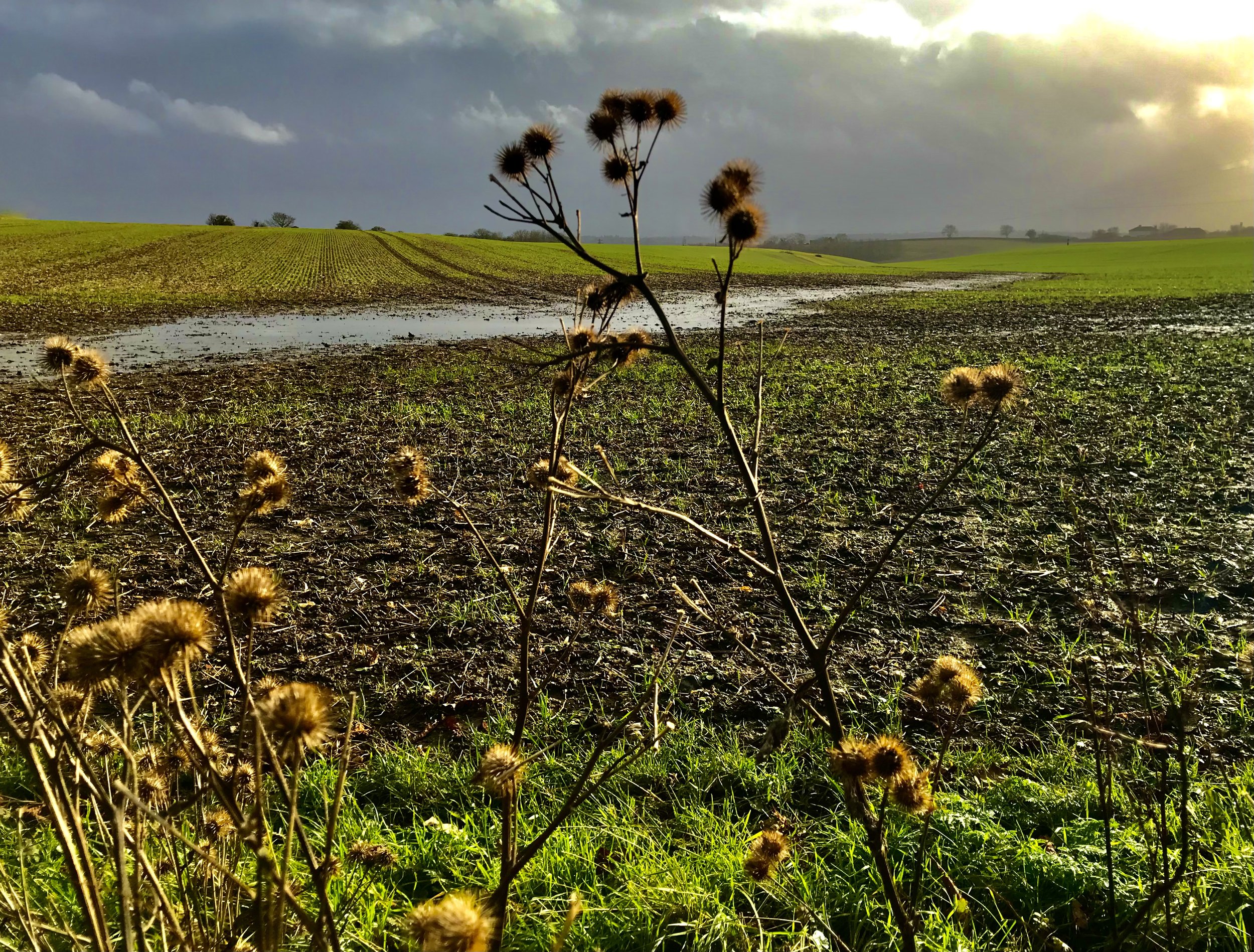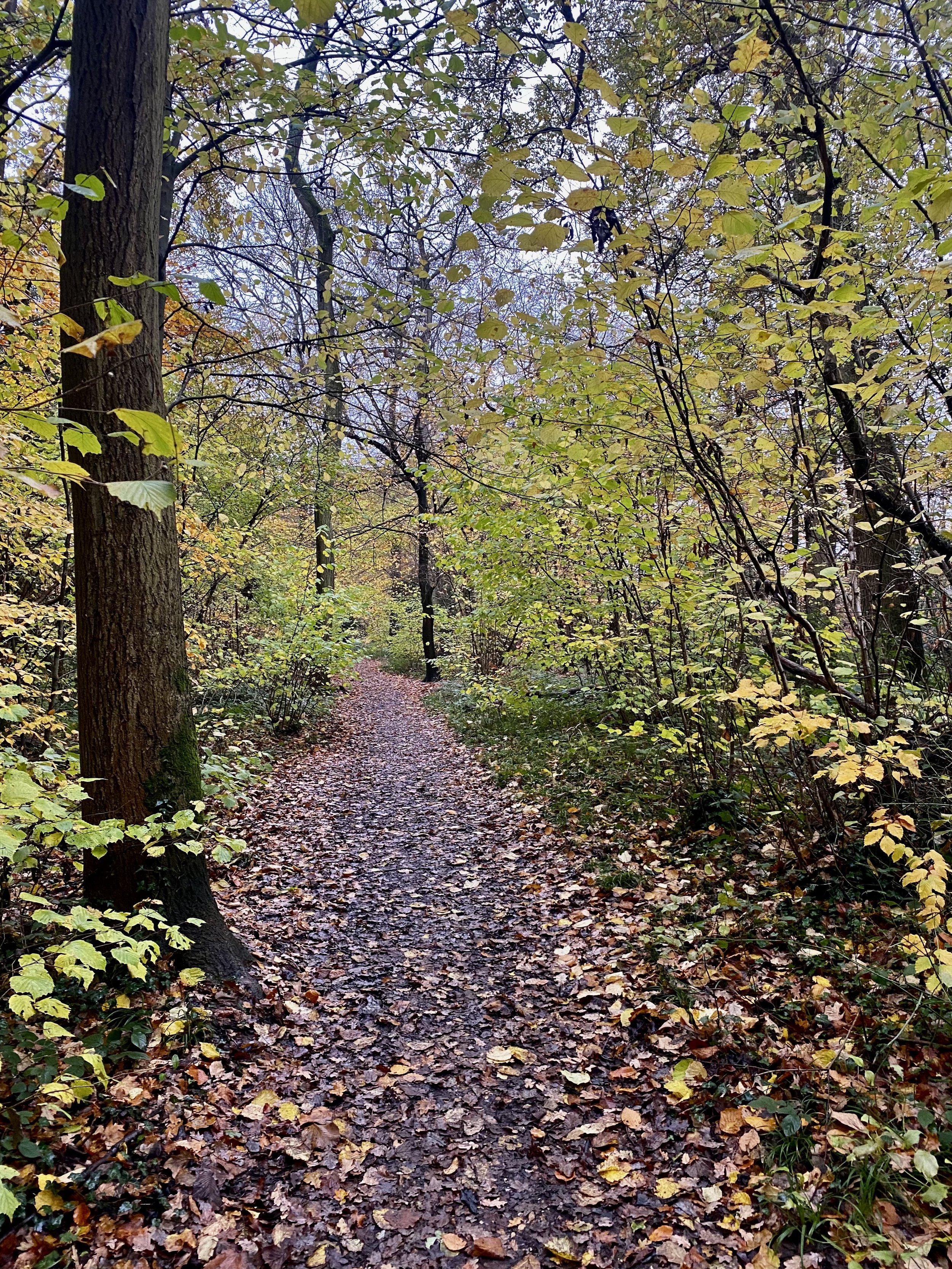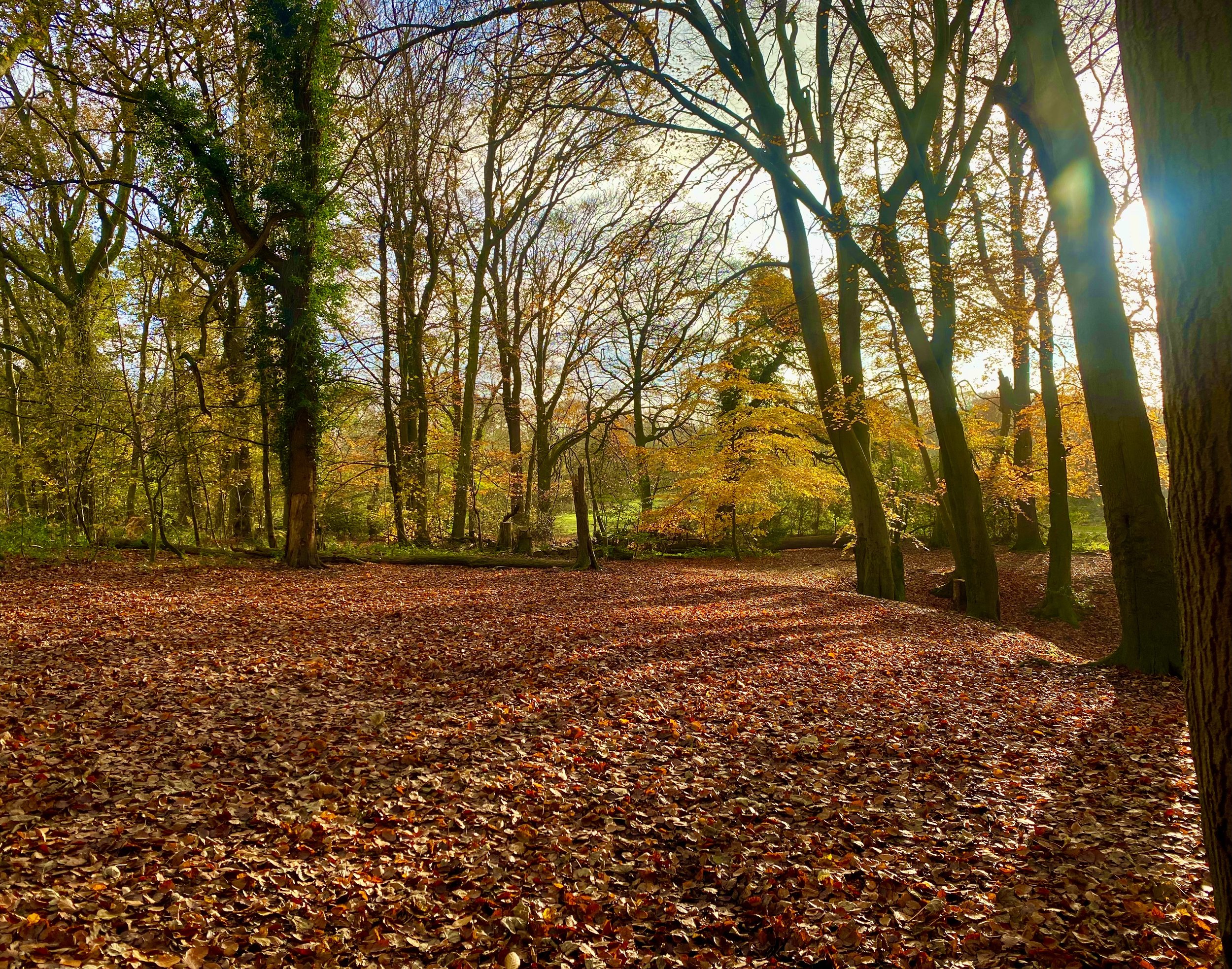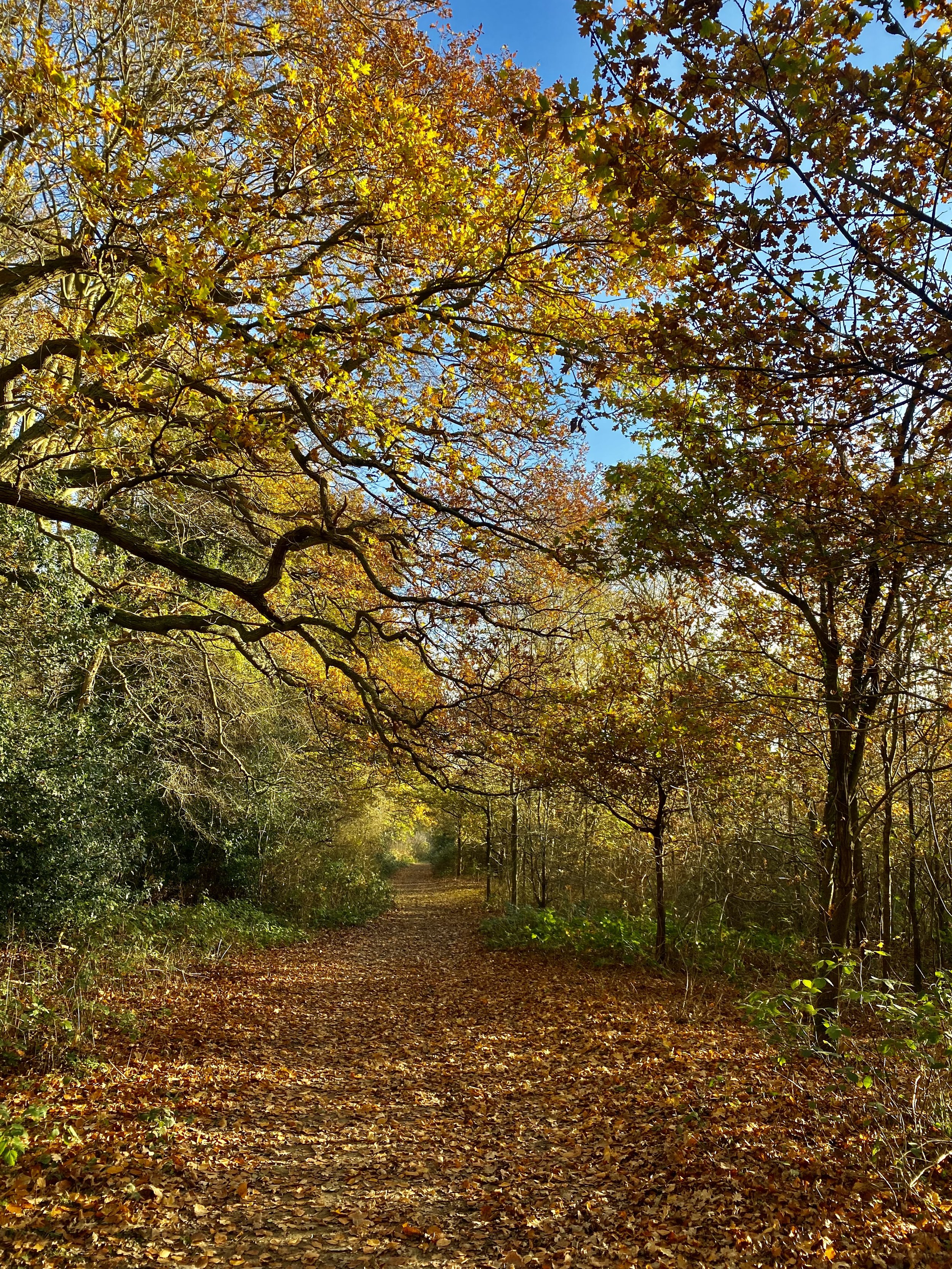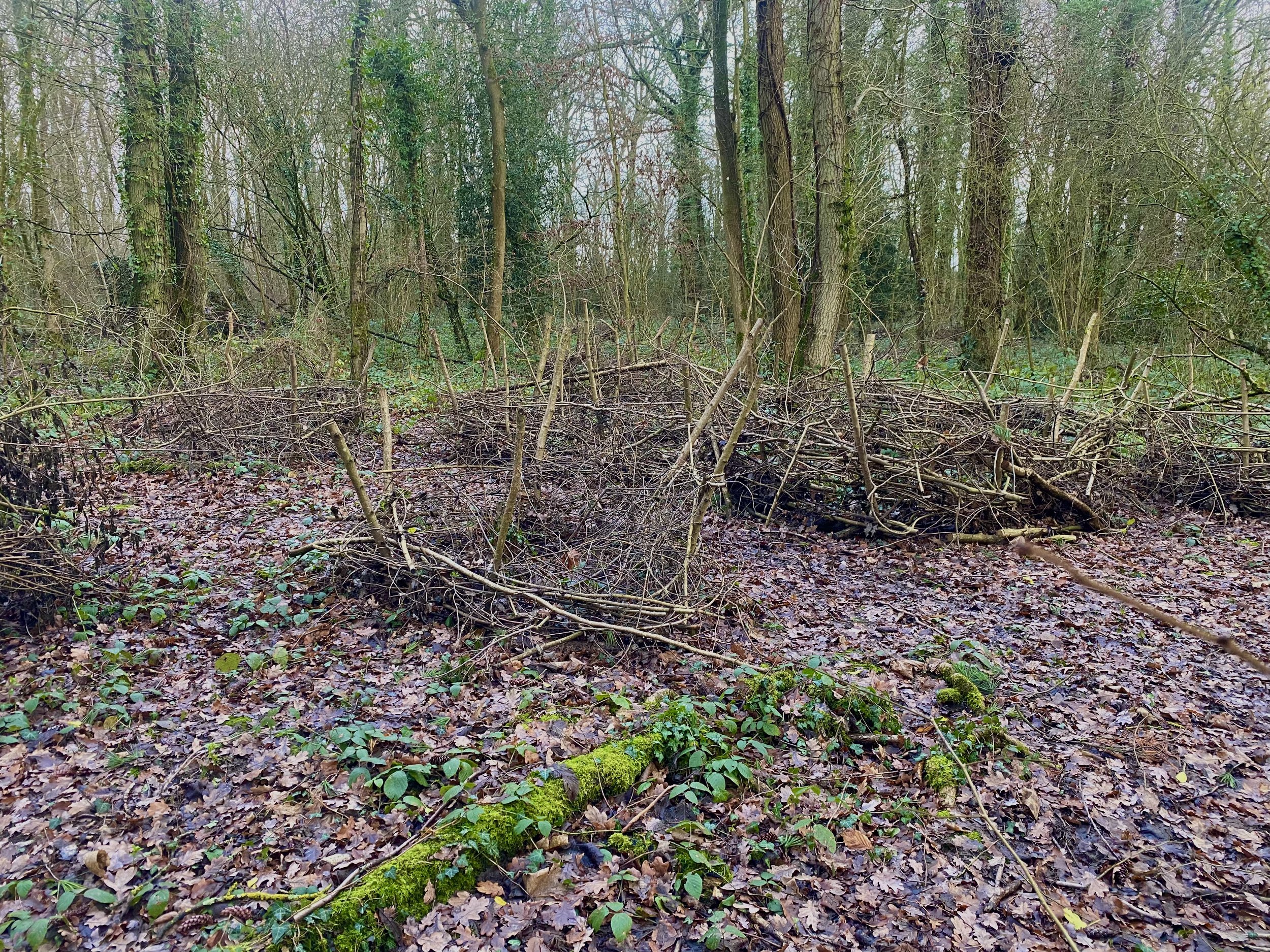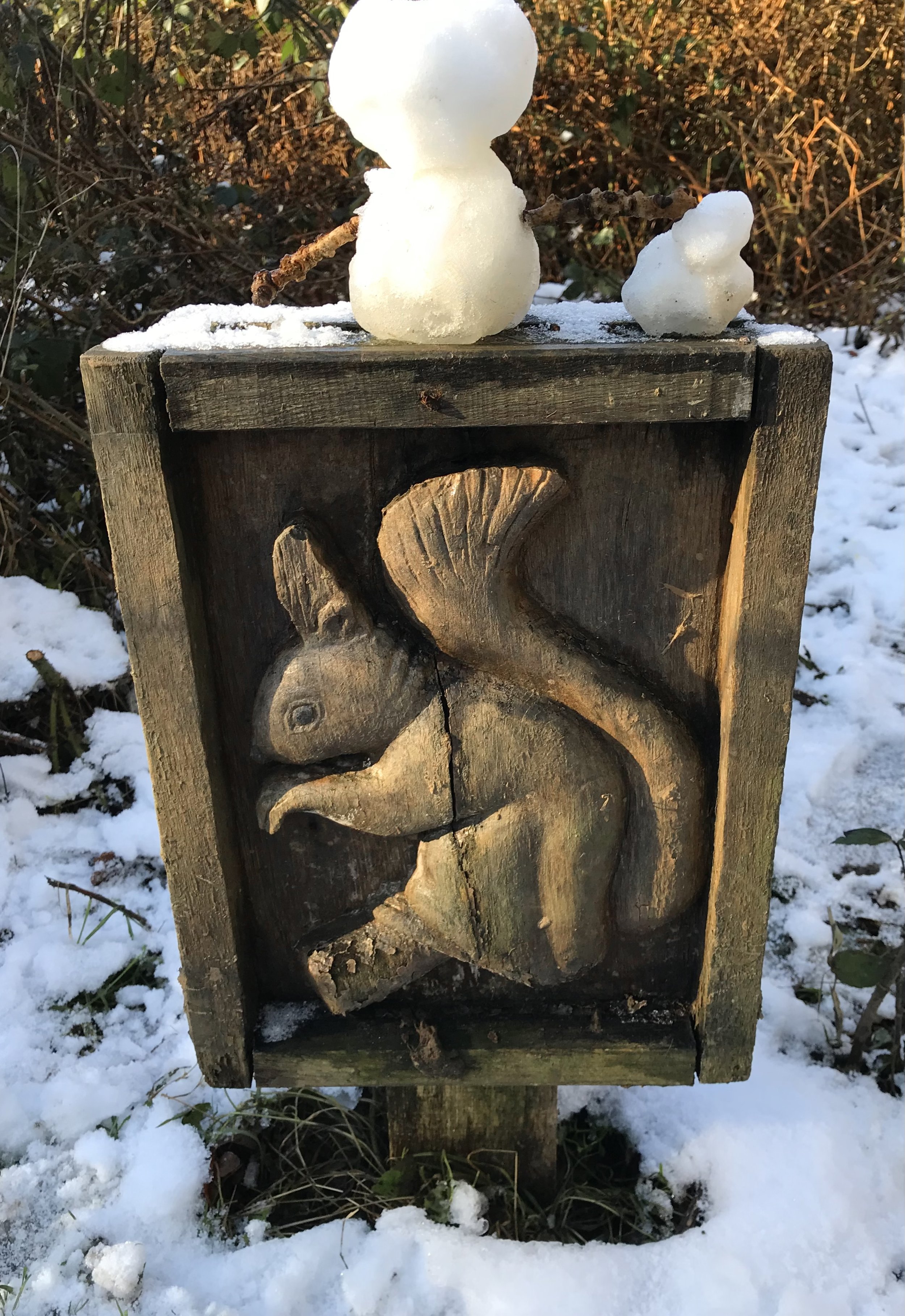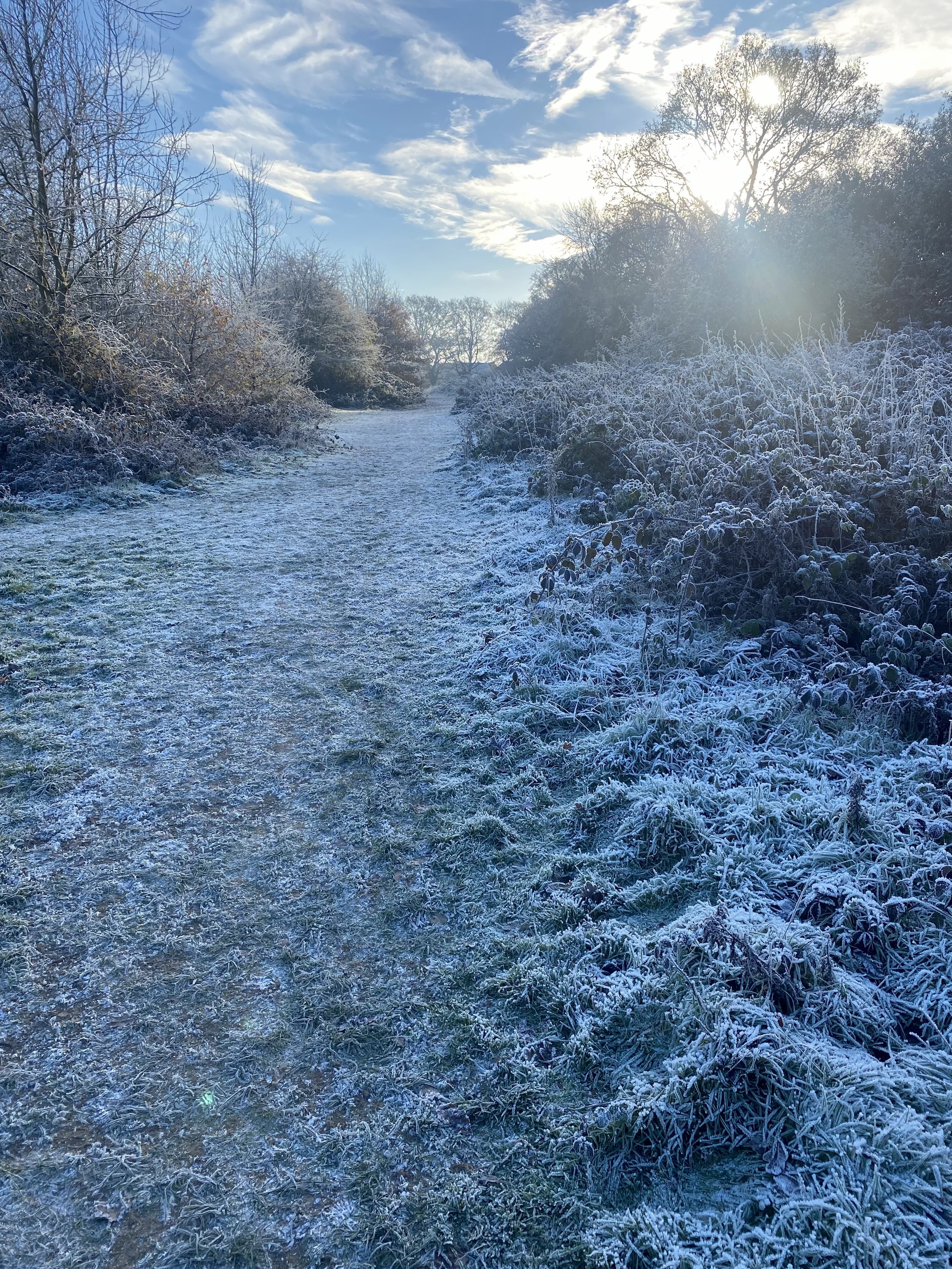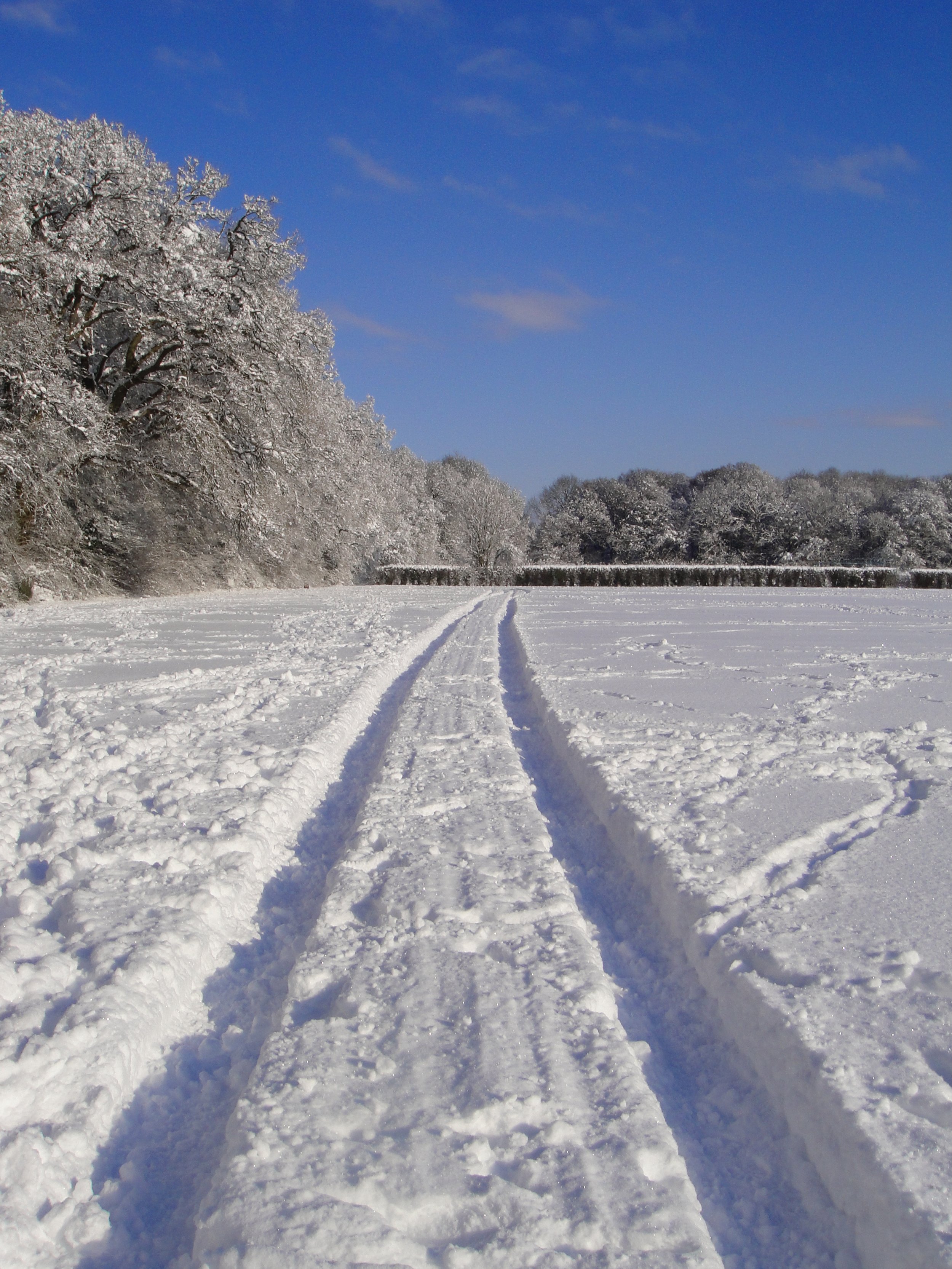The Ancient Woodland
/I write a lot on this blog about the Lake District, Peak District and many other places, some far flung, that I’ve visited, but this time I thought I’d write about somewhere that’s right on my doorstep and which, during lockdown, became something of a godsend.
It’s a copse of ancient woodland, just over 20 acres in size, which has been there for at least 500 years. It takes about eight minutes for us to walk to, and marks the boundary between North Berkshire and South Oxfordshire. It’s bordered on three sides by houses, but the fourth side leads on and out into open, arable farmland, huge fields and lovely woodlands. It can lead to a fairly sizeable, rural walk if you wish.
In the 1800s it was part of a large, nearby estate where they grazed their black cattle and some of the original iron fencing from that time still exists. Up until the middle of the 1900s it was farmland. Hazel coppicing is now taking place, something I don’t remember seeing there before, to promote new growth and prolong the life of the trees. A large area has just been cleared because of Ash dieback, but is now full of buttercups.
Consisting of two vast fields, one used by local youth football teams on occasional Saturdays, the other is left wilder so that in spring and summer, the whole area is filled with wildflowers. Ancient oak and beech woods encircle the fields with huge, vast trunked, magnificent oaks a particular feature. Elsewhere, whip like hazel saplings have self seeded into mini woodlands of their own, interspersed with hawthorn, silver birch and blackthorn, making the area varied and interesting to walk in. The land is clay; in fact it’s the only patch of clay north of the River Thames, but this does lead to a great deal of mud in the winter months. It is also a nature reserve with a sculpture trail, and marks the beginning of the Chiltern Hills.
When we were kids, we tended to avoid the woods; they had an atmosphere; a little creepy, not that nice and the area had a bit of a ‘reputation’. Whether it was just parents exercising caution for a group of young teens not to stay out too late in case something happened (who knows, but probably), or us just thinking all woods were creepy, it was a still good place to walk our dogs and meet friends. As adults, we have taken our young dogs there to run in the big fields and socialise with other dogs, have ridden bikes and horses down its leafy lanes and have explored every inch of the woodlands, the edgelands and beyond. It’s fair to say we’ve walked there hundreds, if not thousands, of times.
In spring, the hawthorn hedgerow which lines one side of the main field is thick with beautiful May blossom, birds, insects and butterflies. The field is then carpeted in thousands of white daisies. There is a wild cherry which is a sight to see in full bloom, and on a warm summer evening scores of rabbits sit on the grassy rides, grooming each other and playing. Vast areas of the woodland are carpeted in bluebells and wood anemones, and birdsong is loud and beautiful.
In summer, the wildflowers are out in full force; common orchids, yellow rattle and common knapweed amongst many others, then the area is mown and made into hay bales, leaving a sweet, rich and fragrant smell in the air. A tiny pond near the entrance is surrounded by marsh marigolds and occupied by the occasional mallard.
In autumn, there is an abundance of blackberries, hazelnuts and sloes which we gather in earnest. We’ve also found crabapples and even an apple tree which must have been seeded by birds and which yielded a good sweet crop, collected as windfalls. A variety of mushrooms litter the floor and the colours of the oaks and beeches are beautiful.
In winter, there is an area where old Christmas Trees can be left to be chipped for mulch. Huge tangy smelling piles of chipped bark are free for anyone to take, which we have in the past, and by about February, all of it has disappeared. The woods are a lovely, quiet place to walk at this time of year, with drifts of snowdrops appearing after Christmas, but it does become very muddy with so much footfall.
In November last year, friends of the woodland put a Tree Trail up along a path which runs down the south side of the woodland, next to a Saxon bank and ditch we hadn’t noticed before as it was overgrown, but has now been cleared. Little signs were attached to a variety of trees, pointing out those of particular interest. The area had once been part of the aforementioned estate, so there are some trees I wouldn’t usually associate with woodlands, such as a large solitary Yew, but the signs pointed out, amongst Oak, Beech and Holly; Cedar, Elm, Ash, Wild Service, Hazel, Hornbeam and rarest of all, a Rocky Mountain White Pine, reputedly planted by none other than Thomas Jefferson in the 1700s when he visited the estate!
During lockdown, along one of the main paths, someone had pinned plastic bags containing a little knitted heart and a beautiful uplifting message inside, encouraging people to take one, which I thought was a wonderfully thoughtful idea and so charming. It really did cheer me up, and still does when I look at it.
We walked every day we were allowed to during lockdown, and then beyond as restrictions lifted but we were only allowed to walk close to home. It gave us peace, beauty, encounters with nature, time to think, time to clear heads and minds, daily exercise and a sense of purpose in difficult and changing times. We still walk there regularly when we don’t want to take the car out, and always see and find something new and interesting.
I really don’t know what we would have done without it. We are so grateful for it and and we love it.
